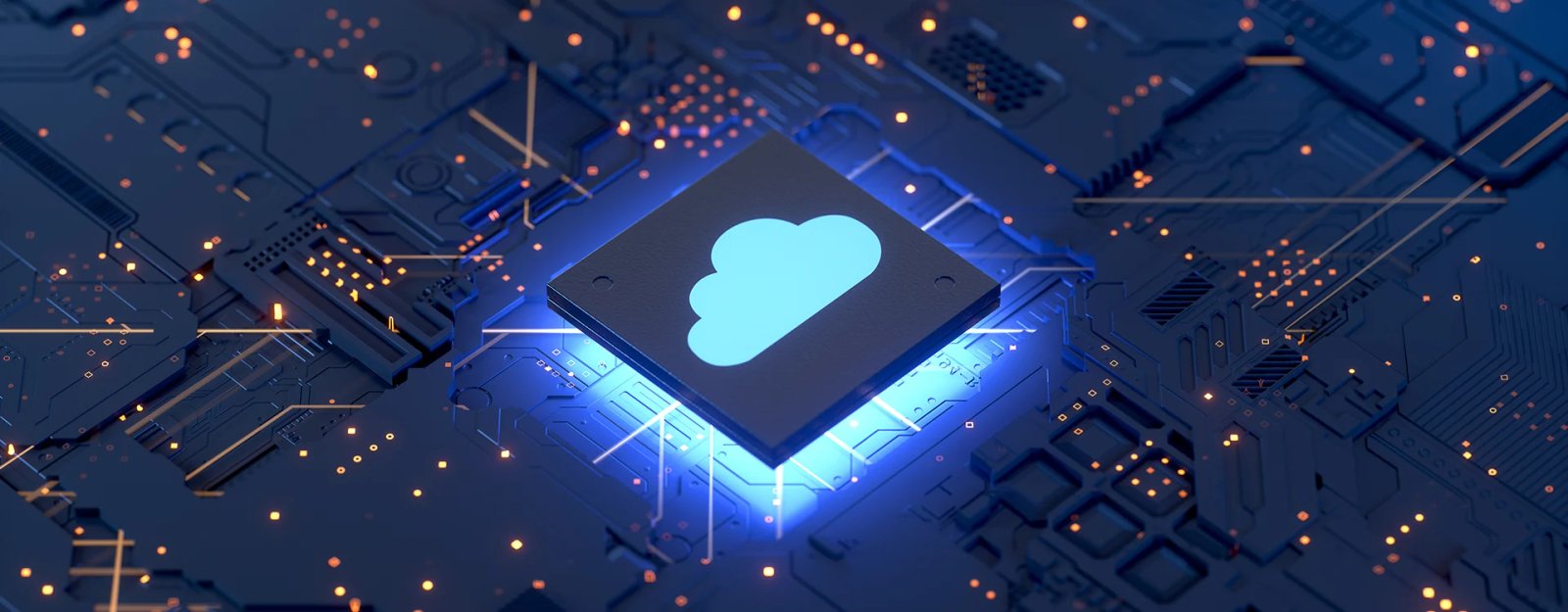
Application modernization patterns
Common patterns for modernizing applications include:
Lift and shift
Sometimes called rehosting, the phrase “lift and shift” has become software development lingo for taking an existing application and moving it from a legacy environment (such as an on-premises server) to newer infrastructure, such as a public cloud platform. With this pattern, you are essentially moving the application “as is,” with little to no changes to its underlying code or architecture. This means it is usually the least intensive approach, but not always the optimal approach depending on the application in question.
Refactoring
Refactoring is essentially another way of saying “rewriting” or “restructuring.” This approach to application modernization entails taking a legacy application and retooling significant chunks of its underlying code to better run in a new environment, usually cloud infrastructure. In addition to major restructuring of the existing codebase, this approach often requires rewriting code. A development team may choose this approach if it wants to break up a monolithic application into smaller, decoupled pieces—an architectural choice commonly called microservices. They may use microservices to maximize the benefits of cloud-native infrastructure and tools, including containers and container orchestration.
Replatforming
This pattern can be viewed as a middle ground or compromise between the lift-and-shift and refactoring approaches. It does not require major changes in code or architecture, as with refactoring, but entails complementary updates that enable the legacy app to take advantage of a modern cloud platform, such as modifying or replacing the application’s backend database.
Legacy modernization strategies
The foundational strategy for successful legacy app modernization is to conduct a thorough assessment of candidate applications. This analysis should include an evaluation of the app’s technical characteristics, its suitability for a cloud migration or similar shift, the ROI of such a modernization, the application’s interdependencies with other systems and other criteria.
Another key strategy for application modernization is for businesses to develop a long-term application modernization roadmap to effectively managing their resources. Most organizations are better served by approaching application modernization in a piece-by-piece manner rather than all at once. This can help teams to properly manage the performance and availability of their existing applications while also undertaking the work of modernization.
Key technologies for application modernization
There are several intersecting technologies fundamental to application modernization.
Cloud Computing
When people discuss application modernization, they are typically referring to the process of migrating traditional applications to run in modern cloud environments. These include public cloud platforms, private clouds and hybrid clouds (which usually refer to public and/or private clouds integrated with on-premises environments.)
Containers
Containers are a cloud-centric method for packaging, deploying and operating applications and workloads. The big-picture benefits associated with containerization include greater scalability, portability and operational efficiency that is well-suited for cloud infrastructure, and especially multi-cloud and hybrid cloud environments.
Microservices
This is not so much a technology as an architectural choice. Instead of building and operating an application as a single, complete codebase—usually called a monolith, or monolithic development—you decouple different components into smaller, discrete pieces that can be deployed, updated and operated independently.
Orchestration and Automation
Orchestration in software development refers to the automation of many of the operational tasks associated with containers, including deployment, scaling and networking. Automation in general is an important principle and technology, as it is increasingly necessary to ensure that development, operations and security teams can sustainably manage their modern apps at scale.
